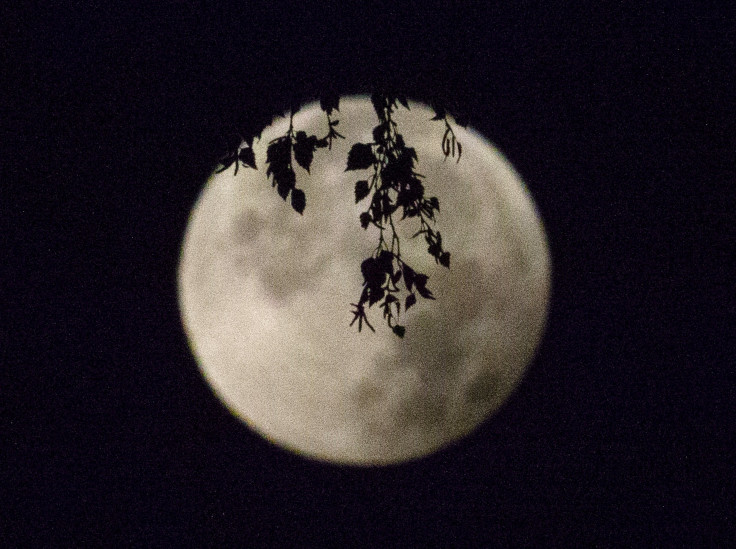Giant Asteroid Gave The ‘Man In The Moon’ His Right Eye, Study Says

A giant asteroid at least 150 miles crashed into the moon at a speed of over 22,000 miles per hour four billion years ago, giving the “Man In The Moon” his right eye, researchers said.
The study, first published Tuesday in the journal Nature, says that the asteroid was big enough to be classified as a protoplanet, a space rock that is a smaller version of a dwarf planet. The rock crashed on the lunar surface at an angle of 30 degrees, creating a 750-mile wide crater.
Lead author and planetary geologist from Brown University Peter Schultz said, “One implication of this work is that the asteroids may not have been these small chunks flying around - there may have been many more of these very large protoplanets. It would have been a catastrophic period of time.”
Researchers have long puzzled over the grooves surrounding the crater known as the Imbrium basin. Some grooves reportedly spread out radially and others come from the northwest of the crater. Scientists now say that the former was created as a result of the incoming asteroid shifting moon rock while the latter ran along the asteroid’s trajectory.
Schultz and his team used three-storey-high, hyper-velocity gun to study these grooves, also called the Imbrium Sculpture. Using the gun, they fired small spheres of metal into a curved aluminum plate. The spheres travelled at a speed of over 13,000 miles per hour. The shots were filmed using high-speed cameras and with analysis of the slowed-down footage and the debris pattern, the team could calculate the size of the giant asteroid.
“We know there were big asteroids, but we have increased the size significantly,” Schultz told the BBC, “The previous estimate for the Imbrium asteroid was in the order of 80km, and we've increased that by a factor of three.”
Schultz said that the colossal crash would not only have left a giant dent on the Moon’s surface but would have sent billions of tons of debris towards the Earth. “At that time, the Moon would have been much closer [to the Earth], only half of its present distance, if even that,” he said, “So anything coming off the Moon would have covered us in lunar debris.”
The scientists are planning on applying this technique to study other huge craters across the Solar System, once again believing that previous studies may have under-estimated just how cataclysmic these collisions were.
© Copyright IBTimes 2025. All rights reserved.




















